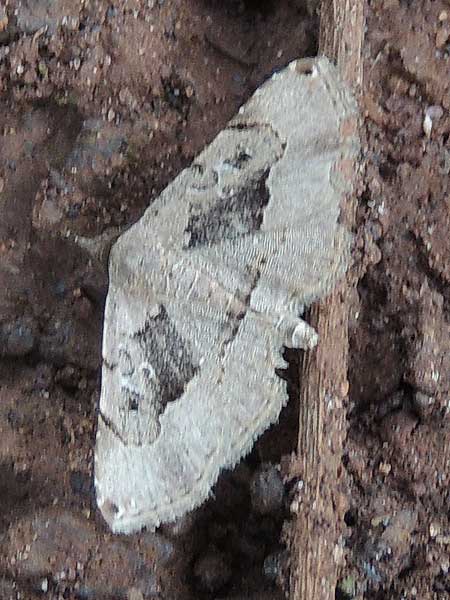Noctuid Moth

Observed in a secondary forest in Nairobi, Kenya, Africa. July 2014.
The wing patterns of many moths are designed to camouflage the insect during the day as it rests on a tree trunk or other object. The precise species of tree or lichen etc. is highly correlated with the moth's pattern. Each species of moth has a particular pattern and matching behavior that makes it difficult for birds, reptiles and mammals to see and predate them. How the moths pick an appropriate landing spot is amazing given that their own eyesight is not very good! This species appears to mimic a fragment of tree bark.
The color patterns of moths are derived from nearly microscopic scales covering the wings. These scales also protect moths at night when they normally fly about. Many spiders erect sticky webs at night to snare flying insects. But the scales often allow the moth to escape because they stick to the web and break off. The moth simply sacrifices some expendable scales! This is a very common scenario in evolution where an adaption is multipurposed for other survival benefits.